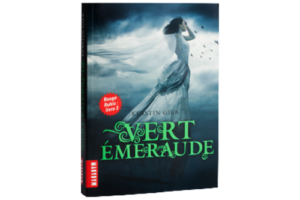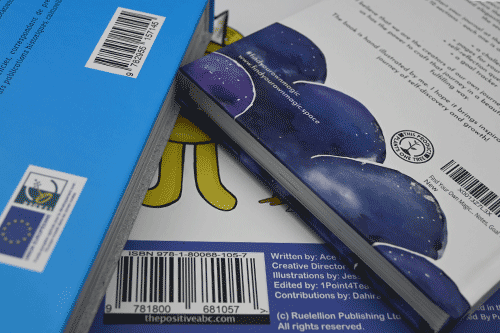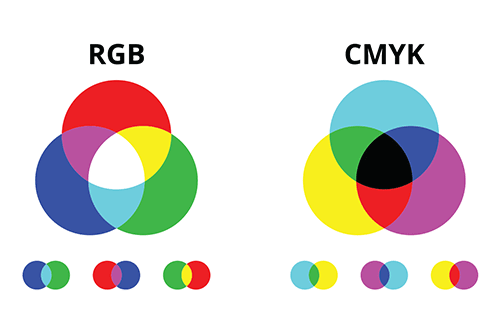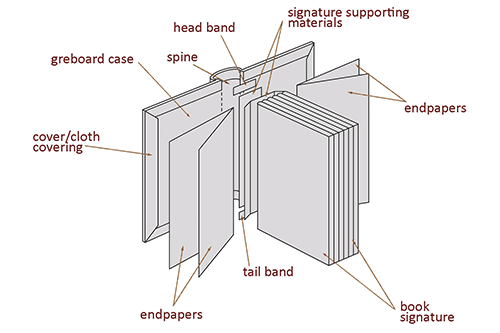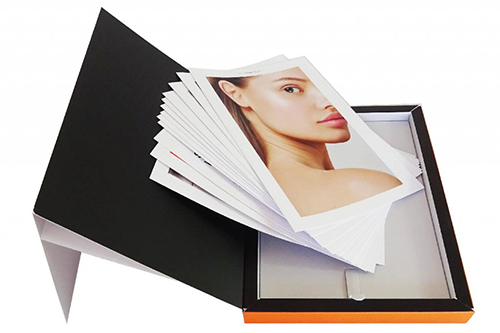The choice of the finished format of a book or any other printed product arises from the beginning of the editorial project. First, there is the wish of the author, the photographer, the publisher, the bookseller… and then there are the technical choices. Several possibilities appear and several elements influence the price of production. Both paper and machine technical limitations must be taken into account. So, what the right format of your book is and how to make the right choices?
Standard formats and custom formats
In the field of book publishing, but also for other printed documents, there are standard formats and custom formats. It can be assumed that standard formats are formats designed for optimal use of paper while taking into account machine limitations. Custom formats, on the other hand, are more original, but the paper consumption is not optimized and they cause higher waste.
The format depends on the type of book that the publisher wishes to publish (“finished book format” in our examples), the technical possibilities of the machines and the available sheet sizes (“sheet size” in our examples). The choice of the format of the finished product depends on the number of pages that will enter the format of the sheet and therefore the cost of the product.
The number of pages printed on a sheet of paper is determined first. Then the folded sheet will form signatures. Books can be composed of signatures of 4, 6, 8, 12, 16, 24, 32 or 64 pages.
The trimmed / finished formats depend on the white margin, in mm, needed for binding, as well as the capabilities of the machines, and of course the size of the sheets of paper.
As shown in the table below, depending on the “format of the sheet” the final mini and maxi finished formats of a perfect bound book can be the following:
| Sheet format* | Finished maxi size book “portrait format” ** | Finished maxi size “landscape format” ** | Finished maxi size “square format” ** |
60х84 | 14 x 20 | 20,3х13,5 | 18,4х18,4 |
| 20,3 x 28,5 | 28,4х20 | 27х27 | |
60х90 | 14 x 21,5 | 21,8х13,5 | 18,4х18,4 |
| 21,8 x 28,5 | 28,4х21,5 | 28,4х28,4 | |
64х90 | 15 x 21,5 | 21,8х14,5 | 19,7х19,7 |
| 21,8 x 30,5 | 28,7х21,5 | 28,7х28,7 | |
70х100 | 16,5 x 24 | 24,3х16 | 21,7х21,7 |
| 24,3 x 33,5 | – | – |
And for a sewn book we will find:
| Sheet format * | Finished maxi size book “portrait format” ** | Finished maxi size “landscape format” ** | Finished maxi size “square format” ** |
60х84 | 14,2x 20 | 20,5х13,5 | 18,4х18,4 |
| 20,5 x 28,5 | 28,6х20 | 27х27 | |
60х90 | 14,2 x 21,5 | 22х13,5 | 18,4х18,4 |
| 22 x 28,5 | 28,6х21,5 | 28,6х28,6 | |
64х90 | 15,2 x 21,5 | 22х14,5 | 19,7х19,7 |
| 22 x 30,5 | 28,7х21,5 | 28,7х28,7 | |
70х100 | 16,7 x 24 | 24,5х16 | 21,7х21,7 |
| 24,5 x 33,5 | – | – |
For standard sizes, a book, like any other document, is printed either in the direction of the height (portrait format) or in the direction of the width (landscape format).
Finished formats also depend on machine limits, with a minimum size and a maximum size.
| mini format* | maxi format* | ||
| Saddle Stitching | 10 x 15,8 | 29 x 43 | |
| Perfect Binding | 10 x 14 | 28,7 x 41 | If the size of the back exceeds 1 cm, the maximum width decreases. The width of the whole cover, including the flaps, can not be greater than 59 cm |
| Section Sewn Binding | 10 x 14 | 28,7 x 41 | If the size of the back exceeds 1 cm, the maximum width decreases. The width of the whole cover, including the flaps, can not be greater than 59 cm |
| Case Binding | 10 x 14,5 | 29 x 32 | The maximum thickness of the back is 6 cm |
*All formats are in centimeters.
** The sizes may vary slightly from one printer to another, depending on their machines.
Larger or smaller formats, outside the technical machine limits, are possible but with a “manual” or semi-automatic intervention. Pulsio Print advisors are at your service to answer these specific requests.
What technically influences the format of the book?
Several technical parameters influence the choice of a book format. We chose 3: the type of binding, the type of paper and the presence of printable elements near the outer edges of the book.
For a perfect bound book, for example, we need to provide a 2 or 3 mm cut on the bonded side. While for that of a sewn book this is not necessary. Therefore, we must deduce these 2-3 mm of the maximum format to ensure the bonding.
When choosing paper, you should know that the price depends on the sizes of paper sheets available. For example: a book printed on offset paper in A5 finished format will be cheaper than on the bulky paper, while the price per ton of paper is the same. If all the parameters of the book are the same and the paper price too, this difference may appear if the chosen paper is not available in the format required for printing. In our example of the offset paper book – we can find paper in format 64 X 90 cm – optimal format for the finished format A5, while suppose that this format is not available for the bulky paper that exists only in the 70 × 100 format. Printed on the sheets of 70X100 cm, the “bulky paper” version book will have a higher cost.
You should know that some papers exist in unique formats, including creative papers or art, which can determine a greater waste (more cutting) and therefore a higher cost.
When calculating the price and choosing the finished formats, it is essential to take into account the presence of printable elements near the edge of the book.
By the way, it is not possible to print on a margin of about 8 mm from the edge of the finished book format. That means that the paper can pass into the machine, but the printing to the edge can’t be done. This is not a problem when this margin is white, but a larger sheet of paper is required when there are some printable elements in this white margin.
The technical elements to respect on a sheet
In conclusion, the choice and optimization of the format of a book can be a complex process because of the multitude of parameters to be taken into account. This is one of the areas where a printer-publisher interaction is paramount.
Our consultants are at your service for personalized solutions to any of your projects.
Check our price: it’s free and it only takes seconds!




